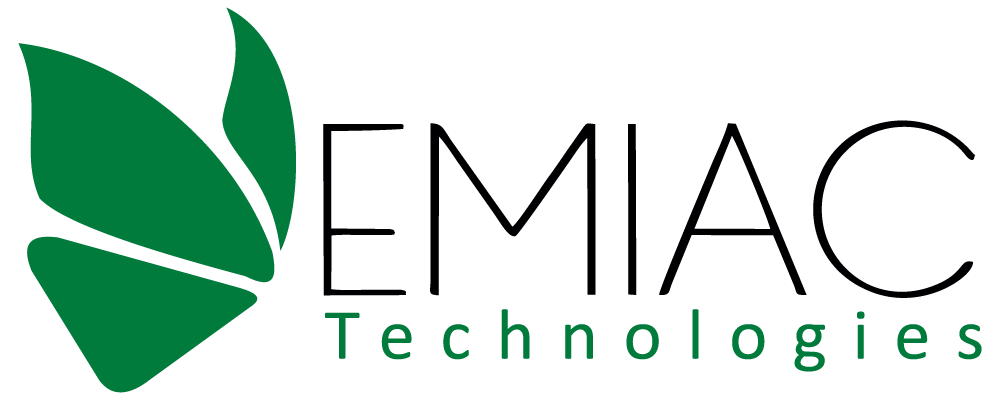In the dynamic landscape of leadership, the ability to manage conflicts and foster collaboration is paramount. Conflicts are inevitable in any team or organization, but how they are handled can significantly affect overall success and productivity. Equally important is cultivating collaboration, which fuels innovation and drives collective achievements. This blog delves into eight powerful tactics leaders can employ to effectively manage conflicts and enhance cooperation.
Understanding Conflict and Collaboration
Conflict is not necessarily a negative aspect; it can arise due to differences in opinions, approaches, and priorities. However, conflicts can escalate and hinder progress when addressed or managed poorly. Conversely, collaboration is the synergistic effort of individuals working together towards a common goal. It’s a catalyst for growth, bringing diverse skills and ideas to the table.

Conflict Management Tactics
1. Active Listening and Empathy
When conflicts arise, it’s crucial for leaders to actively listen to the concerns, viewpoints, and emotions of all parties involved. Active listening goes beyond hearing; it involves truly understanding the underlying issues and feelings. Empathy is the ability to put oneself in another person’s shoes and appreciate their perspective. By practicing active listening and showing empathy, leaders create an atmosphere where team members feel valued and understood, reducing the intensity of conflicts and making resolution more attainable.
2. Clear Communication
Miscommunication is a common catalyst for conflicts. Leaders must emphasize clear and transparent communication to prevent misunderstandings. Encouraging team members to express their thoughts openly and honestly creates an environment where issues can be addressed before they escalate. Effective leaders also ensure that they communicate expectations, goals, and potential challenges clearly, reducing the chances of conflicts arising due to unclear instructions or goals.
3. Mediation and Neutral Facilitation
When conflicts become complex or emotionally charged, leaders can be a mediator or bring in an unbiased third party to facilitate a constructive conversation. A mediator helps guide the discussion, ensures that each party has a chance to express their views, and seeks common ground. This approach can be especially effective when personal emotions cloud the resolution process, as a neutral facilitator can maintain objectivity and focus on the issue.
4. Identifying Common Goals
Sometimes conflicts arise due to differing opinions on achieving a common goal. Effective leaders help the conflicting parties recognize the shared objective they’re working towards. By highlighting these common goals, leaders can shift the focus from individual differences to collective success. This perspective often encourages team members to collaborate and find common solutions that align with the overarching mission.

Collaboration Enhancement Tactics
1. Fostering a Positive Team Environment
A positive and inclusive atmosphere encourages collaboration. When team members feel valued and supported, they are more willing to contribute their ideas and expertise.
2. Encouraging Diverse Perspectives
Diversity of thought drives innovation. Leaders must actively seek input from team members with varied backgrounds, experiences, and viewpoints. This diversity sparks creativity and leads to well-rounded solutions.
3. Establishing Clear Roles and Responsibilities
Role ambiguity can confuse and hinder collaboration. Clearly defining each team member’s responsibilities ensures everyone knows their part and can contribute effectively.
4. Utilizing Technology for Collaboration
In today’s digital age, technology offers many tools for collaboration. Virtual meetings, project management software, and communication platforms streamline teamwork across locations and time zones.
The Synergy of Conflict Management and Collaboration
The relationship between conflict management and collaboration is intricate. Effectively managing conflicts often lead to more vital collaboration. When disagreements are resolved constructively, team members gain a deeper understanding of each other’s perspectives, which fosters better cooperation. Moreover, healthy conflict resolution paves the way for open discussions, where ideas can be debated and refined, resulting in superior outcomes.

Conclusion
In leadership, navigating conflicts and promoting collaboration is a hallmark of a successful leader. By embracing conflict as an opportunity for growth and encouraging collaboration, leaders can harness the collective strengths of their teams. Active listening, empathy, clear communication, and mediation are essential to conflict management tools while fostering a positive environment, valuing diversity, defining roles, and utilizing technology are vital to enhancing collaboration.
Remember, conflict management and collaboration synergy can propel your team towards unprecedented success. So, embrace these eight powerful tactics and lead your team towards a brighter future.
FAQs
Q1. Why is conflict management important for effective leadership?
Conflict management is crucial for effective leadership because conflicts are inevitable in any team or organization. Conflicts can escalate when handled poorly or ignored, negatively impacting team morale, productivity, and the overall work environment. Effective leaders understand that if managed properly, conflicts can lead to improved relationships, better understanding, and innovative solutions.
Q2. How can active listening and empathy contribute to conflict resolution?
Active listening involves giving full attention to the speaker, understanding their perspective, and validating their feelings. Empathy goes a step further, involving genuinely understanding and sharing another person’s feelings. When leaders actively listen and show empathy, they create an environment where parties involved in a conflict feel heard and understood.
Q3. What role does technology play in enhancing collaboration?
Technology plays a significant role in enhancing collaboration, especially in today’s digital era. Virtual meetings, collaboration software, and communication platforms enable team members to work together regardless of their physical location. These tools facilitate real-time sharing of ideas, documents, and feedback, making collaboration more efficient and inclusive.
Q4. How does encouraging diverse perspectives contribute to effective collaboration?
Encouraging diverse perspectives is essential for effective collaboration because it brings many ideas, experiences, and solutions. When team members with different backgrounds and viewpoints contribute, discussions become more robust and innovative. Diverse perspectives challenge conventional thinking, leading to creative problem-solving and well-rounded decisions.
Q5. Why is it important to establish clear roles and responsibilities in collaboration?
Establishing clear roles and responsibilities is vital for successful collaboration because it minimizes confusion and promotes efficiency. When team members know their specific tasks and contributions, they can focus on their strengths and work together seamlessly. Clear roles prevent duplication of efforts, reduce conflicts arising from misunderstandings, and ensure that the collective effort is streamlined toward achieving the shared goal.

